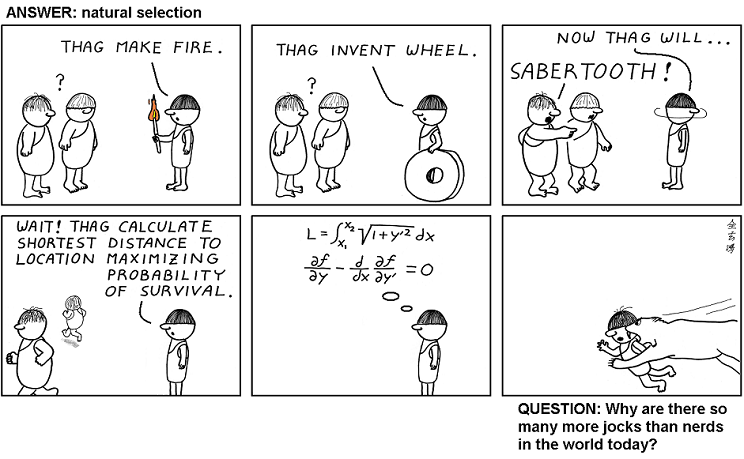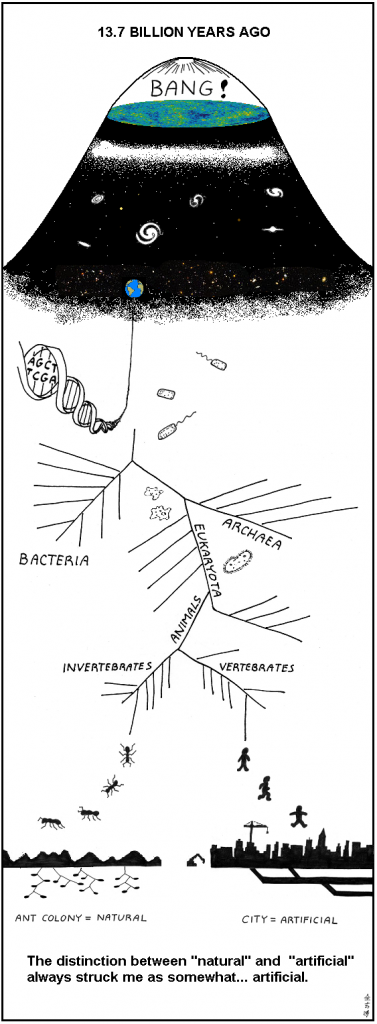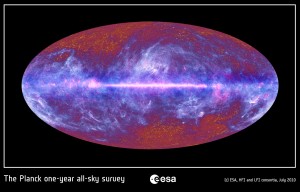
As soon as I got over the fainting spell from looking at the Planck satellite’s map – and if you haven’t seen it, look now, faint, and then click – showing the Milky Way, I had a burning question.
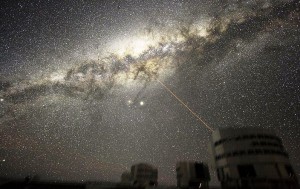
Okay, true, the Planck satellite wasn’t intended to map the Milky Way. It was supposed to map the background of microwaves left over from the Big Bang (the reddish stuff above and below), but the Milky Way was between the Big Bang and Planck, and it got in the way. And true, that map doesn’t look like the Milky Way which I always thought of an uneven splash of stars across the night sky. But the Planck picture is the zoomed-out view of that night-sky splash, and we see the splash because the Milky Way is a spiral galaxy and we’re inside it, seeing it edge-on, looking toward the center. I grant that this is a confusing number of reference frames and I apologize for digressing.
Back to the subject: my question was about the Planck map and those lovely wisps of gas. Gas can turn into stars. Were those wisps really streams of stars, or were they maybe tracing out where streams of stars ran, or were they maybe streams of stars not born yet? Continue reading
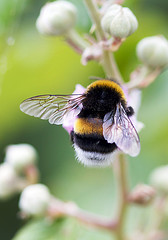
In 1909, 20,000 garment workers in New York City went on strike, demanding a 52-hour workweek, paid overtime, and union recognition. The “uprising,” as described in Susan A. Glenn’s marvelous book Daughters of the Shtetl: Life and Labor in the Immigrant Generation, began a cycle of labor organization that helped build the garment industry unions.
I’ve always had a keen interest in bold women garment workers, especially since my grandmother left school in 1920, at the age of 14, in order to go and work for a court dressmaker in London for a weekly wage of six shillings. (She was sacked after a week for “insolence” after complaining that she had spent all her time picking up pins, not learning a trade.) Imagine my surprise, then, when I learned that it’s not just humans who demand reasonable working hours: bumblebees also adhere to a strict working day, packing up and flying home even during the constant light of the Arctic circle summer. Continue reading
 I’m aging. I love too many people whose health and wellbeing is too uncertain. I want to write about too many things, each one requiring too much time and too many brains. I take on too many assignments and some of the most important are outside my talents and over my head. I can’t keep this up indefinitely but I never want to stop but some foreseeable day I’ll have to. So most days I’m preoccupied and touchy; nights I wake up in a panic. I’m pressured, I’m stressed, I’m distressed. I’m reasonably sure I’m not alone in this.
I’m aging. I love too many people whose health and wellbeing is too uncertain. I want to write about too many things, each one requiring too much time and too many brains. I take on too many assignments and some of the most important are outside my talents and over my head. I can’t keep this up indefinitely but I never want to stop but some foreseeable day I’ll have to. So most days I’m preoccupied and touchy; nights I wake up in a panic. I’m pressured, I’m stressed, I’m distressed. I’m reasonably sure I’m not alone in this.

Just when many people had dismissed the Cold War as a relic of the past, it resurfaced with a vengeance last week as authorities arrested eleven alleged Russian spies in the United States and Cyprus. But what a difference a decade or two makes, I thought. No more weather-beaten Burberries or dead letter drops in grungy East Berlin cafes for Anna Chapman and company. Instead Chapman was observed transmitting information to a Russian intelligence officer over a wireless network at Starbucks. How wonderfully 2010.
The Cold War never really left us, however: intelligence agencies on both sides of the former Iron Curtain continued snooping long after the fall of the former Soviet Union. And all this determined espionage has generated some unexpected spinoffs for science–archaeology included. As Spying on the Past: Declassified Satellite Images and Archaeology, a new exhibition at the Peabody Museum of Archaeology and Ethnology at Harvard University, reveals, spy photos from the 60s and 70s are showing archaeologists many things they have never seen before. Continue reading
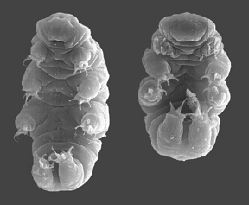
Nalini Nadkarni, “the Queen of the Forest Canopy,” spends her professional life clambering around in tree tops, studying the jumble of plants that grow in the high branches. I had the privilege of hearing Nadkarni, a professor at the Evergreen State College in Olympia, Washington, speak in April at the New York Academy of Sciences in a talk entitled Between Earth and Sky. I was fascinated by her eclectic range of interests, which include training prisoners at the local Cedar Creek Corrections Center to raise endangered mosses.
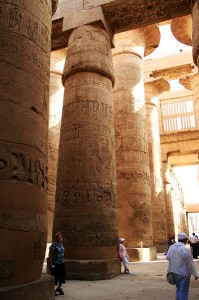
Every once in a while, archaeologists come across a find that casts the ancient Egyptians in a particularly humble, human light. Such discoveries often fly under the radar, overshadowed by showier finds of mummies and newly discovered tombs. But I delight in these discoveries; they are antidotes to the almost paralyzing sense of awe I experience when roaming a land tottering with massive sphinxes, pyramids and temples. All that splendor, all that artistry, all that craning of the neck, all that looking up, up, up into majesty. I feel like an ant.
So I was delighted to read an announcement that Zawi Hawass, Secretary General of Egypt’s Supreme Council of Antiquities, made yesterday about a mysterious tunnel that went nowhere in the Valley of the Kings. Egyptologists long suspected that the tunnel linked the royal tomb of Seti I to a secret burial place. But it just ended suddenly, and Hawass now believes that work crews simply picked up their tools and walked out after Seti I died suddenly around 1279 B.C. The new pharoah had other work for them.
Now here’s the part that I really like. Continue reading
